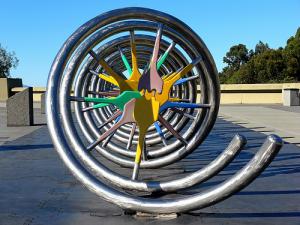
Having just read an article in the New York Times on Dr. J. Craig Venter, I can't stop thinking how cool synthetic biology is. Whether you are an engineer or a scientist, these are extremely exciting times for the biotech industry!

For those of you who are not familiar with synthetic biology, it's a new area of biological research that combines science and engineering. Although genetic engineering has existed for the last few decades, synthetic biology allows for more flexible and predictable changes, therefore making genetic manipulations much more efficient. In other words, engineering a cell becomes more like designing a bridge, enabling researchers to put all the bricks back together in a different combination.
Think about Legos. How fun were they growing up!? Okay, perhaps some of us still play with them, why? We like to create new things. That is exactly what synthetic biology is all about.
Synthetic biology as its name implies allows for the creation of new living organisms from DNA-bacteria, algae or plants. Researchers are designing and creating new organisms to carry out industrial tasks to displace fuels and chemicals that are currently made up of fossil fuels, with the ultimate goal of replacing the entire petrochemical industry.

Do you think this is possible?
Synthetic biology may also be used in the pharmaceutical industry to synthesize flu virus strains as a potential way of making faster flu vaccines or the food industry where algae can be used to produce food oils. But many questions remain from an ethical standpoint, in regards to creation of "new" life. Examples include safety concerns, such as the unintended release of a potentially dangerous "designer microbes" into the atmosphere or the use of synthetic biology to produce biological warfare agents.


